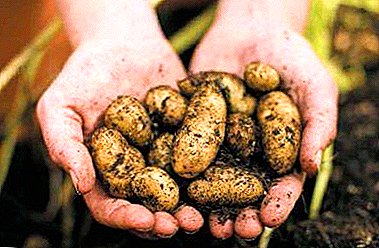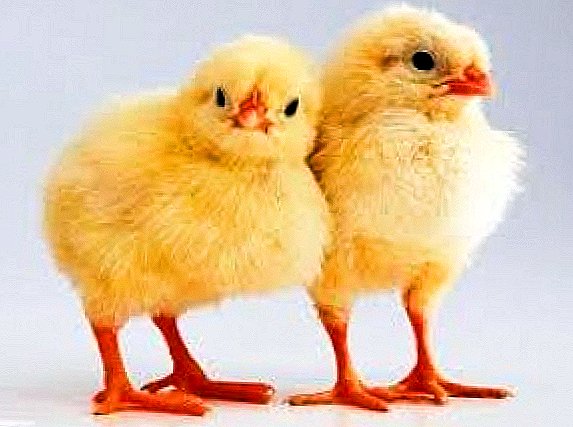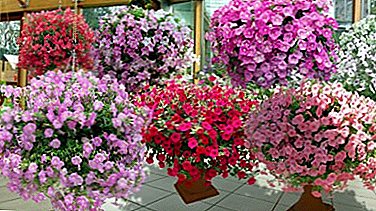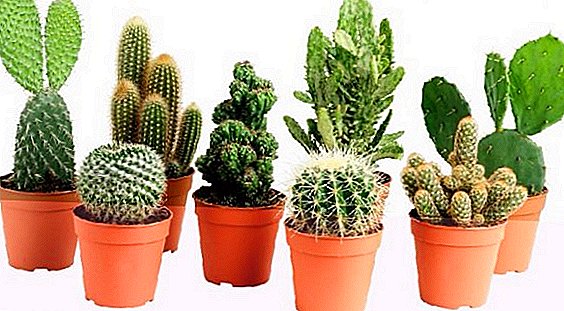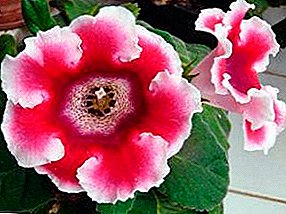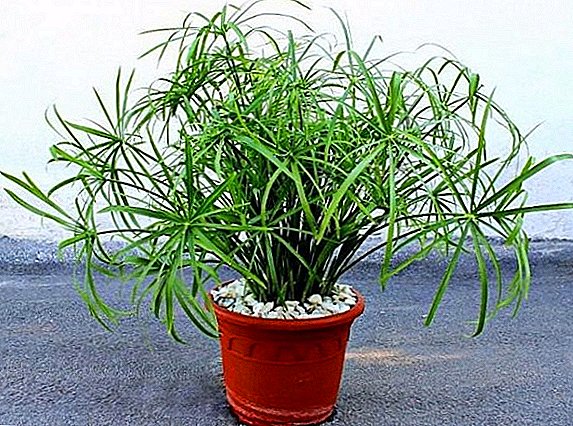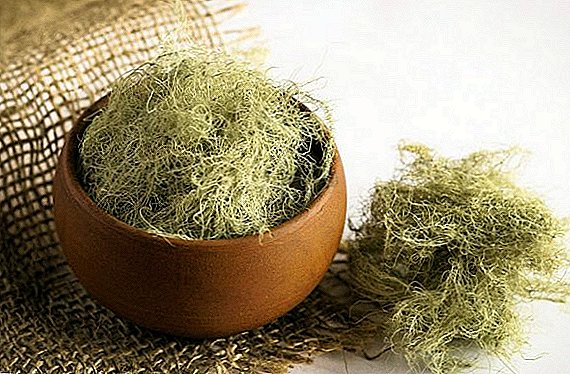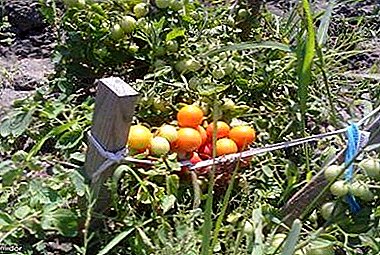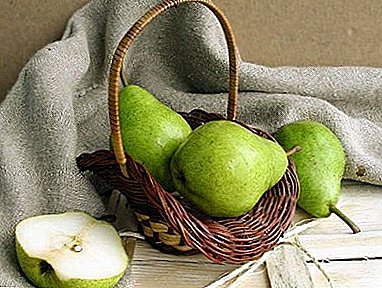
Many people are avid pear lovers. These fruits can be found on the shelves of supermarkets almost all year round, but much more useful are these fruits obtained when they are grown in their own garden.
Before the novice gardener appears a huge selection of varieties of pear trees, which today there are very, very many.
One of the most common varieties is considered to be the January pear, a further description, a photo of the fruit, and gardener's reviews.
Breeding history and breeding region
 January pear is the result of hybridization varieties Bere Tolstobozhka and Forest Beauty.
January pear is the result of hybridization varieties Bere Tolstobozhka and Forest Beauty.
This variety brought more in 1944 at the Oryol zonal fruit and berry experimental station and it is a winter variety.
Winter varieties also include Bere Russkaya, Yakovlevskaya, Feeriya, Nika and Lira.
The January pear variety, the description of which will be lower, quickly spread throughout the Central region of our country.
At the moment, this variety passes state tests in the middle zone of gardening.
Description grade January
The fruits of this pear are very large, pyramid-shaped.. The peculiarity of the variety is that even fully ripe pears remain firm. January is characterized by average winter hardiness.
This tree is very fruitful and with proper care annually will delight you with abundant fruits.
Good yields are also notable for November, Hera, Lada, Children's and Wonderland.
Another plus of this variety is high resistance to deterioration of fruits in the process of growth, the leaves also glitter with greens for a long time and do not grow dull.
January fruit size is above average. The diameter of these pears is large, they have small seed chambers, but still a coarse skin.
The color of these pears is light green, but the sides of the fruit, substituted by the sun, begin to turn red, eventually turning a little brown. The fruits themselves as a whole in a ripe form have a lime color.
 Externally January pears are very attractive and appetizing, especially for lovers of this type of fruit. To the touch, the peel of the fruit is rough, with subcutaneous points clearly visible on it.
Externally January pears are very attractive and appetizing, especially for lovers of this type of fruit. To the touch, the peel of the fruit is rough, with subcutaneous points clearly visible on it.
The flesh of ripe pears has a white color with a yellowish tinge, granular structure. January fruit tastes very sweet, firm flesh and juicy at the same time.
The peculiarity of the tree structure of this pear is that the branches of the tree depart from the trunk at a right angle. The crown is almost round, it expands evenly to the sides.
The bark on the branches and trunk has a gray color, it is characterized by a slight roughness. Pear shoots are arcuate, brown, without pubescence.
The leaves of the tree are rather wide, rounded in shape, have a dark green color and a pleasant smoothness. In the process of growth they become slightly wavy around the edges. The stem of these pears is curved.
A photo




Specifications
January is quite prolific, with proper and regular pruning you will always have a great harvest.
Rip pears begin in mid-September, it largely depends on the climate. January is grown in large quantities. in the central regions of Russia.
In these places, such varieties of pears in memory of Zhegalov, Tonkovetka, Cathedral, Ilyinka and Rogneda are successfully grown.
 It is very important to pick fruit at the right moment. If you collect unripe pears, they quickly harden, will not be juicy, and also deteriorate much faster.
It is very important to pick fruit at the right moment. If you collect unripe pears, they quickly harden, will not be juicy, and also deteriorate much faster.
The same thing happens if pear fruits are stored at too low a temperature.
You can eat pears immediately after you have picked them, but they become tastier somewhere in one or two weeks after lying at a temperature of about 20 degrees.
In the refrigerator, that is, at zero temperature, these pears can be stored for up to four months.
January rich in ascorbic acids, pectin substance.
Pretty trees difficult to tolerate the winter, especially if there are severe frosts. After such weather conditions, a frozen bark can be seen on a tree trunk.
If the root system of the tree is not properly protected from the cold, its fertility will decrease significantly.
January pears are very widely used. They are used according to different recipes of traditional medicine. Also, the peel of this pear is a component of many drugs used for pharmacology.
For eating jams, preserves, sauces from the pulp of these fruits. On the basis of pears make wine, there is also pear honey. The fruits of January, some dry or make delicious sweets - candied.
Planting and care
 January quite unpretentious to the soil. Ideally, air access should be provided to the root system.
January quite unpretentious to the soil. Ideally, air access should be provided to the root system.
Of course, it will only be better if the soil is fertile and rich in nutrients.
In no case should such a pear grow under conditions of stagnant moisture.
For planting, you should choose elevated places, that is, those where, after heavy precipitation, the soil quickly leaves the moisture.
The January pear tree loves the sun; from the effects of its best tree fruits become very sweet and take on a pleasant reddish-brown appearance. Neighbors near such a pear can be located at a distance not less than 4-5 meters.
It is not necessary to plant spruce and other fruit trees near this tree. It is best to plant a number of small bushes, such as jasmine, lilac, etc.
The January pear does not need special care, it needs to be regularly poured and insulated with a root system for the winter, making a mound of earth or snow around the trunk.
Watch the video about how to plant seedlings and pruning:
Diseases and pests
The disease that most often occurs in this type of pear is //selo.guru/ptitsa/bolezni-p/gribkovye/parsha.html.
 In this case, the fruits become covered with brown spots, the disease spreads very quickly throughout the tree and can infect the neighboring ones.
In this case, the fruits become covered with brown spots, the disease spreads very quickly throughout the tree and can infect the neighboring ones.
To combat scab need to use special means for watering and feeding the tree.
The varieties are resistant to scab: Krasulia, Lada, In memory of Yakovlev, Otradnenskaya and Elegant Efimova.
In general, growing the January one is simple, the main thing is a little diligence and timely struggle with the pear disease.


